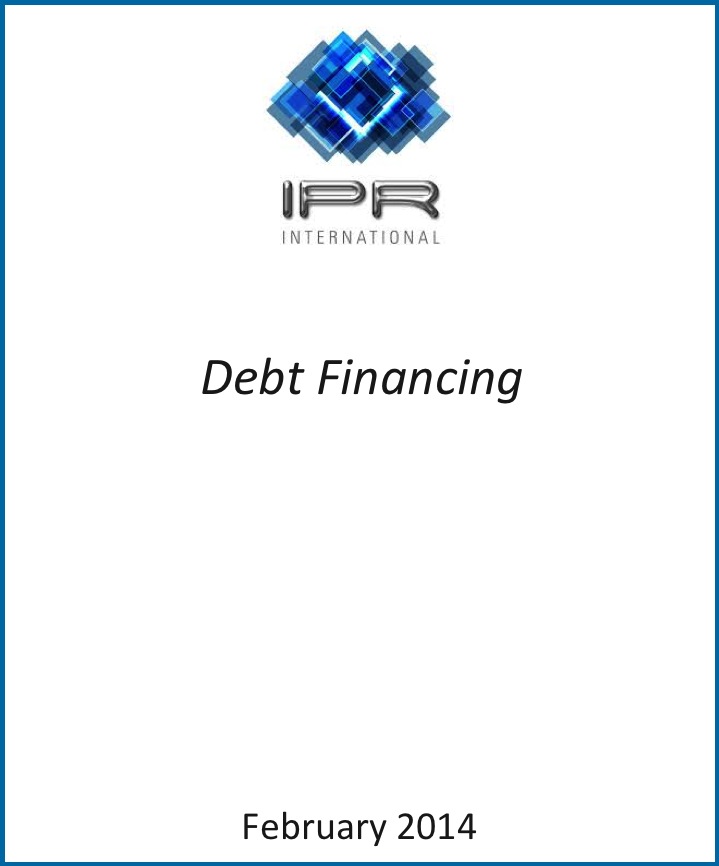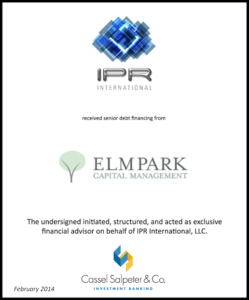Older business owners holding on longer to their businesses, potentially facing increased risks
Click here to view the original article.
By James S. Cassel
March 16, 2014
 To sell or not to sell? That is the question weighing on the minds of many middle-market business owners as they approach what would have previously been their retirement years.
To sell or not to sell? That is the question weighing on the minds of many middle-market business owners as they approach what would have previously been their retirement years.
Years ago, when life expectancy was shorter, things were much simpler: When you reached your late 50s, you’d begin to think about selling your business and focusing on enjoying your golden years. But with many Americans now living well into their late 70s and 80s, it seems that a growing number hold onto their businesses longer, thinking they will need the income as well as the psychological stimulation as they age.
Making matters worse, the Great Recession of 2008 significantly hurt the retirement savings of many retirees, and left them without enough money to continue to sustain their lifestyles. While most have recovered the majority of their net worth by now, they still feel vulnerable. Although the solution might seem to be to continue holding onto the business for a few more years, there’s more to this equation than meets the eye, and holding on might pose more risks than rewards.
Most owners who sell their businesses will not be able to replace their business income through conservative investments. They believe their only option would be to keep their businesses as long as possible so they can continue to receive the profits and cash flow needed to maintain their lifestyles and maybe accumulate some wealth outside their businesses.
On another level, holding on is also an emotionally convenient decision to make. Many business owners consider their businesses an intrinsic part of their identities, and their desire to continue running their businesses extends well beyond sustaining their financial livelihoods. “I enjoy running my business, and working keeps me busy. I wouldn’t feel as fulfilled if I weren’t doing what I’ve been doing the past 20 years,” they worry.
The Guardian Life Small Business Research Institute reports in a study that although many business owners expect to live 20 years into retirement, less than half feel prepared enough for life after work. The trouble with this line of thinking is that it is driven by emotions and fear rather than by a pragmatic analysis of the numbers. Unfortunately for most business owners, there are some serious downsides to holding on too long.
Typically, for most business owners, the majority of their net worth is tied up in their businesses, so their assets are not properly diversified. They are tied, and fully committed in every sense, to their businesses. If bank loans come up for renewal, the owners generally still have to personally guarantee them, thereby prolonging their financial exposure.
Moreover, these aging business owners will continue to be exposed to all the usual risks of keeping up with new market entrants and competitive, innovative technologies that might cause them to lose market share, profits and value.
That said, it is critical to know when to consider selling. In my experience at Cassel Salpeter, I’ve seen many business owners turn down significant, fully valued offers. Years later, they regretted these decisions when circumstances required them to sell quickly due to major life events, and they no longer had the power of choosing the best deals or timing.
Or they were forced to sell when interest rates were higher or profit multiples in their industries were lower, and they could not get the maximum value for their businesses. I’ve seen many who had turned down strong offers to buy, only to be put out of business a few years later when new competitors entered the scene or the industry changed. If you owned a Blockbuster video franchise 10 years ago and held it until today, where would you be?
Determining when and how to sell your business is one of the most important strategic decisions you’ll make as a business owner. It is crucial to recognize when you should go to market and not just wait for unsolicited offers. Otherwise, you may end up having to sell your business at depressed values or on other people’s terms rather than your own terms. If you decide to wait, you should closely monitor the market and constantly evaluate your options.
It can be quite difficult to set aside the emotional considerations of parting with the “baby” that you have been nurturing for so many years and is such a large part of your business and personal lives. To help ensure that you make the most informed decisions and avoid the common pitfalls faced by many business owners, it is important to work with qualified, trusted advisers. who can help you take the steps that will have the most positive impact on both the company you are leaving behind and the years of life left ahead of you.
You can evaluate your options, which might include selling control to a family office or private equity firm so you can remain involved and get a second bite of the apple. Remember, the decisions you make now will have ramifications for generations to come. They should be made with cautious consideration of all of the facts and variables and should not be based on emotions or unrealistic expectations.
James S. Cassel is co-founder and chairman of Cassel Salpeter & Co. LLC. , an investment-banking firm with headquarters in Miami. that works with middle-market companies. www.casselsalpeter.com. He can be reached at jcassel@casselsalpeter.com









